Did you know that the suffragist Carrie Chapman Catt, the anarchist Emma Goldman, and the abolitionist Sojourner Truth all lived in the Ossining area? Well, Women’s History Month is on the horizon, and how better to celebrate it than to look in your own community?
“Remarkable Women In and Around Ossining” is a multi-modal exhibit at Bethany Arts Community that highlights a select group of strong, effective women who contributed much to our community (and the larger world too!) but often remain in the shadows. Each display combines words, pictures and artifacts, allowing you to get to know each woman’s story and leave with an appreciation of her impact. From breaking glass ceilings, to questioning the status quo, to making the lives of their neighbors better, each woman demonstrated fierce dedication, talent and tenacity.
Here’s a brief overview of the women being featured:
In the 1830s, abolitionist Sojourner Truth (then known as Isabella Baumfree Van Wagener) spent some of her earliest years of freedom working as a servant in the Village of Sing Sing.
During the same period, Harriet Agate Carmichael would study oil painting and exhibit her work at the National Academy Design in New York City.
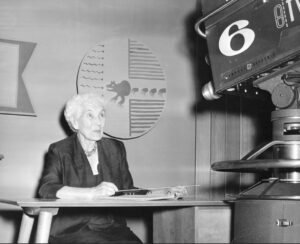
A few decades later, anthropologist Dr. Ruth Murray Underhill would live with and write about the Tohono O’odham, the Navajo, and other tribes in the Southwest, learning several indigenous languages, writing numerous books, and hosting her own television show on Native American history.
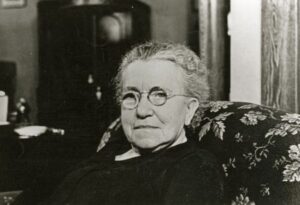
In the early 1900s, activist Emma Goldman would spend her summers in a farmhouse off Allapartus Road, writing and editing her magazine Mother Earth, and never relenting in her fight for social justice.
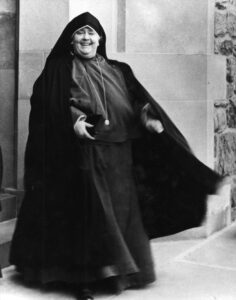
Just over the hill, Mother Mary Joseph would found the Maryknoll Sisters, the first Catholic Order of Missionary Sisters in America.
In the Roaring ‘20s, suffragist and prohibitionist Carrie Chapman Catt, president of the National Association of Women’s Suffrage in America, moved to an elegant home called Juniper Ledge in Briarcliff Manor after guiding the women’s suffrage movement to success with the passage of the 19th Amendment.
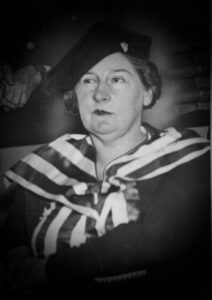
For nearly 20 years, “Mother of Sing Sing,” Kathryn Lawes, would minister to the general prison population as well as giving special care to the women in the death house. Her quiet compassion made her such a beloved figure in the prison that at her untimely death in 1937, the gates of Sing Sing were opened so that her “boys” could walk up the hill to the Warden’s House and pay their last respects at her bier.
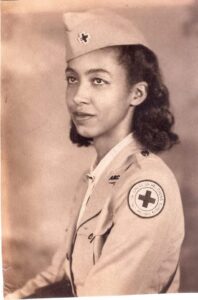
During World War II, Ossining would more than do its part to support our boys overseas. Ossining High School graduates Edith Cheatham Smith (’36) would volunteer for the Red Cross and serve with the 332nd Tuskegee Airmen in Italy, and Navy Nurse Mary Feeney (’33) would make the supreme sacrifice in Pearl Harbor, Hawaii. Jennie Fiorito and her partner “Rosie the Riveter” Rose Bonavita would break a shift record for installing 900 rivets in an Avenger torpedo bomber wing at the North Tarrytown Eastern Aircraft plant.
Anne M. Dorner, OHS graduate of 1921 and for whom Ossining’s middle school is named, spent 40 years as a secretary to the superintendent and as district clerk, keeping the Ossining schools organized and efficient.
Minnie Nabors, early leader of the Ossining NAACP, Chair of the Ossining Republican Committee, and foster mother to over 50 children was a powerful influence on the lives of everyone who encountered her.
In 1972, Marge Griesmer, founder and first CEO of Open Door, saw a need for affordable, accessible health care in Ossining and made it happen. Today, Open Door has expanded from one clinic in Ossining to seven Family Medical Centers in Westchester, Dutchess, Putnam and Ulster Counties, serving over 80,000 patients per year.
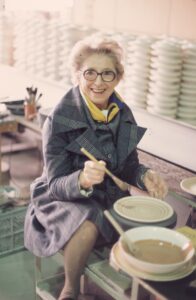
Lorraine Hansberry, whose play A Raisin in the Sun is still a staple of Broadway and regional theaters, as well as high school and college curricula, lived in (and is buried in) Croton-on-Hudson. Vera Neumann, textile designer extraordinaire, would open her Printex factory on State Street in Ossining. She would later build and live in a Marcel Breuer-designed home in Croton.
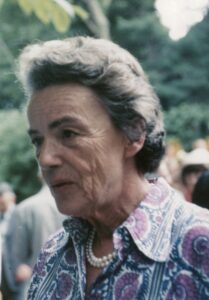
And Sally Swope, who has an Ossining Town Park named after her on Hawkes Avenue, was the epitome of the quiet changemaker whose contributions can still be felt in the organizations that are thriving today thanks to her guidance and aid.
It’s an eclectic group, united by one overwhelming element – they all made a difference and they refused to be deterred by the word “No.”
As Patti Davis, daughter to President Ronald Reagan, wrote: “A person’s legacy isn’t all about the grand sweep of history; sometimes it’s about quiet choices that touch the lives of others.”
So, take yourself (and your family and friends) to BAC and learn more about each of these remarkable women.
If you go:
Where:
Bethany Arts Community
40 Somerstown Road, Ossining
When:
March 15 – April 5
Hours: Mondays – Fridays, 10am – 4pm
Select Saturdays: March 16 and March 23, 10 a.m. – 2 p.m.
Caroline Ranald Curvan is the Ossining town historian. She writes the popular blog OssiningHistoryontheRun.com



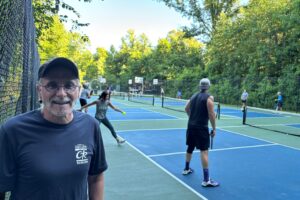
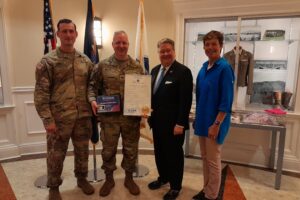
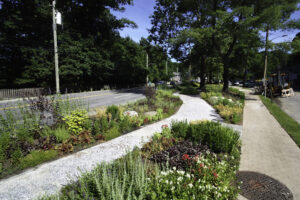

Fascinating. I see many names I’ve encountered as champions of the area over my 40 years living in Scarborough, Ossining and Croton.The old Swope house with the eyebrow windows was on the old Beechwood property near my home on River road; my children attended AMD; we had friends living on Underhill and Allarapartus; an old friend and Ossining seamstress phenomenon was Mary Cheatham ( relative?). It’s wonderful to learn of your work remembering this multifaceted community and keeping it alive celebrating its roots in the past. Thank you
Andrea Gordon, psychotherapist.